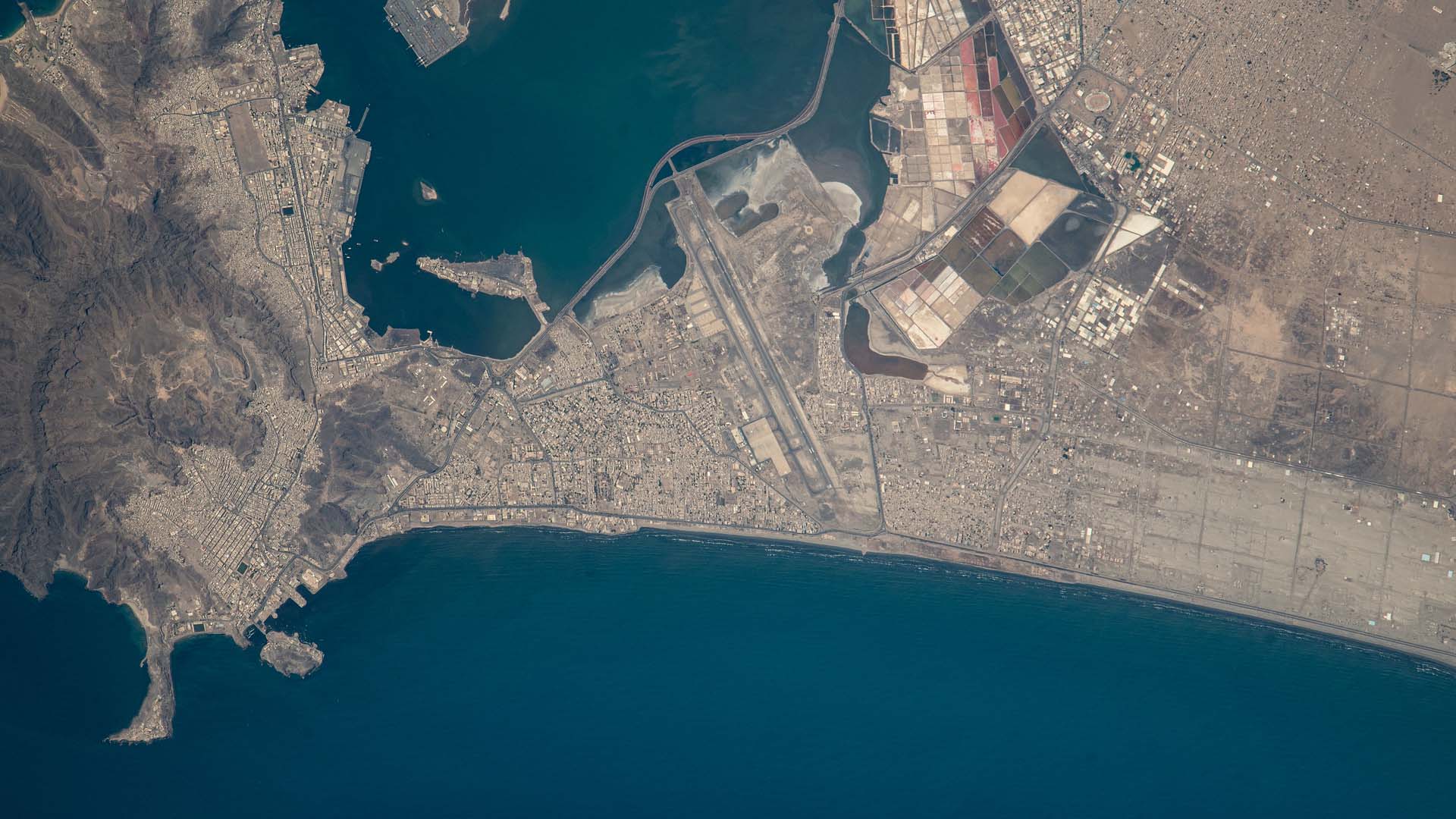The Trump Administration’s bombing campaign in Yemen has only been running since 15 March but already the diminished returns have become apparent. US President Donald Trump wants to stop the Houthi movement that has controlled north Yemen since 2014 from attacking shipping vessels passing along Yemen’s Red Sea coast belonging to countries allied with Israel in its war against Gaza. The Houthis say they are acting to protect Palestinians against genocide, but the Western countries behind Israel are having none of it. When Israel decided to violate the ceasefire, reimposing a total blockade on Gaza in early March –before launching later in the month some of the most lethal bombings since the war started in 2023– the Houthis said their Red Sea campaign would jump back to life.
In short, the US war –undeclared, in that Congress had no say in it– is already looking like a fiasco. Yet again, exorbitant plans to take down the Houthis are foiled.
The observable damage from daily assaults shows the US is trying to destroy Houthi military capacity by striking at what it believes are secret underground bases, especially in the Houthi stronghold of Saada in Yemen’s far north. But the US is also trying to take out senior Houthi leaders in an effort to replicate Israel’s assassination of Hezbollah leader Hassan Nasrallah in Lebanon last September. With what success is not clear: one recent compilation listed only 101 non-civilian deaths by 7 April. The group has clearly taken blows but it is far from down and out.
Trump’s aims are hard to pin down. He has used the language of death and annihilation, giving the impression he wants to crush the Houthi movement entirely. But his officials have also said the military action can stop if the Houthis stop threatening maritime trade. Moreover, Trump has linked the campaign to efforts to coax Iran into US talks over its nuclear energy programme. These efforts that finally bore fruit with the 12 April meeting in Oman between Iranian Foreign Minister Abbas Araghchi and Trump’s envoy Steve Witkoff, which kick-started a series of talks.
Trump needs the win: US media have begun to report on the astronomical financial costs, approaching US$1 billion, and the operations have also begun to lose focus, with attacks on civilian gatherings in the apparently vague hope of taking out some military leaders. This is the sort of mission-creep that characterised the long, pointless US occupation of Afghanistan and, indeed, the seven years of the failed Saudi air campaign to topple the Houthis, a family-led religious movement who since now call themselves Ansar Allah, or ‘partisans of God’.
In short, the US war –undeclared, in that Congress had no say in it– is already looking like a fiasco. Yet again, exorbitant plans to take down the Houthis are foiled. Why should this be? One reason is the complex topography of north Yemen in particular, which gives the group inordinate space to hide weapons stores. But more important perhaps is the militarised, ideological society the Houthis have crafted since the 1980s when it began as a Zaydi Shia revivalist movement, responding to the republic’s supersession of the Zaydi state overthrown in 1962 and the encroachments of anti-Shia Salafi Islam from Saudi Arabia.
In the shadow of the war launched by Saudi Arabia in 2015, the Houthis have managed to reach into every neighbourhood through bringing the tribes under their control; summer courses and other means of religious indoctrination; a ramped-up tax system including religious levies; and a political structure of government supervisors and neighbourhood monitors, operating above the formal structures of governance. This extensive, diffuse form of government makes a serious challenge to Houthi rule extremely difficult. Though there is certainly increased disaffection considering ongoing UN sanctions, new import restrictions because of the Red Sea attacks, and Trump’s recent reimposition of Foreign Terrorist Organization (FTO) status, the movement is still able to organise mass protests in an instant.
The group’s main challenge now is how to reduce the damage from the Trump war while maintaining its domestic position. So far it has had two protectors: one well-known, Iran, the other not so much, Saudi Arabia. There have been reports of Tehran removing advisors from Yemen to reduce the risk of confrontation with US forces amassed in the region’s waters; such a situation of reduced support could continue during a protracted period of US-Iran talks, as looks likely, leaving the group to some degree exposed.
As for Saudi Arabia, its approach to taming the Houthis has shifted 180 degrees. Now it is not through war, but by holding close to the Houthis as their new best ‘frenemy’, that Riyadh hopes to neutralise the threat to its south. As key elements of its US$1.3 trillion Vision 2030 come online in the coming years –including hosting the 2027 Asian Winter Games in the mountain resort of Trojena, the 2030 World Expo in Riyadh and the 2034 football World Cup– Saudi Arabia is on a foreign policy drive to improve relations with as many neighbours as possible, including the Houthis.
The Gaza war and Houthi Red Sea attacks spoiled Saudi plans to secure a normalisation deal with the group after which a peace process between the Houthis and the beleaguered government in Aden would take place. The fate of the Saudi-Houthi talks is now in the balance. Neither party has renounced them, but pre-Trump, over the past year there has been increased US pressure to control the terms, which Sanaa hoped would see a flood of Saudi-led reconstruction money as well as a Saudi agreement to cover years of unpaid salaries to government employees in the Houthi-run north.
There is also the distinct possibility that the internationally recognised government based in Aden will try to seize the moment of Houthi weakness to relaunch the war, which has been in a state of fragile ceasefire since 2022 –there has been such a public telegraphing of this intent that the United Arab Emirates, which controls a number of the government factions, had to issue a public denial this month–. The UAE-backed militias are just waiting for the signal to restart frontline operations, hoping to re-take the Houthi Red Sea port of Hodeida and even topple the Houthis in a replay of the Syrian rebels’ sudden victory, storming into Damascus in December. For the government –a dysfunctional patchwork of UAE and Saudi-backed military leaders and politicians who spend most of their time abroad– at least grabbing more territory would offer the chance of somewhat rejigging the balance of power.
Saudi protection of the Houthi regime in Sanaa has added economic collapse to the Aden government’s incompetence, corruption and division. Ever since Saudi Arabia forced it to acquiesce to its peace plan, the government under the Presidential Leadership Council’s strongman Rashad al-Alimi has been forced to live with an effective Houthi blockade of southern ports, depriving it of critical oil export revenue. The central bank in Aden tried last year to force banks to quit Sanaa for Aden until Saudi Arabia ordered its puppets in Aden to call off the campaign after a threat from Houthi leader Abdelmalik al-Houthi to target Riyadh.
It is almost impossible to see a new military campaign on the key frontlines (Hodeida, Taiz, Marib) taking place without Saudi approval, even if Riyadh takes a public hands-off approach. But this would be to risk the Houthis firing missiles and drones at the kingdom again and blowing up three years of playing nice. Though he has been critical of Saudi Arabia in his recent weekly sermons, Abdelmalik al-Houthi has not seemed willing to throw away the relationship now that he has got it in the bag. The list of domestic and external parties to the Yemen conflict who desperately want to see the end of Houthi rule is long. But when you do the maths, the calculations at this juncture still say they will have a long wait.



